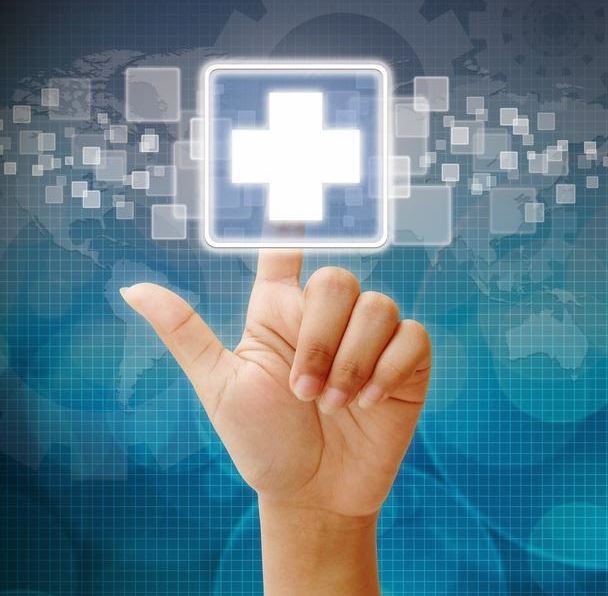
Technology is rapidly changing and as a result, it is affecting every facet of our lives. Whether it’s how we work, communicate, shop, or travel, technology is changing how we behave. One of the areas that have been heavily impacted by technology is healthcare. Read on to learn five ways technology has improved patient care.
Electronic Health Records
In the past, the recording system used in hospitals was clumsy and the ability to transfer patient data was cumbersome. The transition to electronic health records is one of the biggest transformations in the health care sector. Electronic health records have facilitated fast transfer of information and promoted more efficient and integrated care.
Telemedicine
The introduction of telehealth has proven beneficial to rural settings where patients cannot access resources that are readily available in metropolitan areas. In rural areas, patients can meet with their doctor virtually by using a computer. The cost benefits of telemedicine are also substantial. A study by Alliance for Connected Care showed that patients can be able to make savings worth $100 per doctor meeting.
Portal Technology
Through portal technology, patients are now able to participate in their healthcare. This technology enables patients and physicians to communicate and exchange medical records online. It’s a powerful tool because patients are responsible for their health and can even catch errors and report them to their health care providers for rectification.
Wearable Technology
Another piece of technology that has totally transformed health care is the wearable device industry. A report by Huffington Post states that by the year 2018, up to 130 million wearables will be accessible to consumers. These devices are able to collect data that allows doctors to assess and monitor the health of a patient. Additionally, these devices send red flags when serious health issues arise. Some of the popular wearables include watches and wristbands.
Remote Monitoring Systems
Patients are able to make huge savings by monitoring their health from home using remote monitoring systems. In 2012, almost 3 million patients were using health monitoring systems. When pacemakers are calibrated by experts from places such as WEST Port, patients with heart problems can use them to send information to remote centers. This technology is helpful to patients suffering from chronic illnesses since they can be monitored from a distance.
Advancement in technology has significantly impacted patient care. From transforming the way information is recorded to changing the way health care is administered, technology has significantly improved the health industry. Some of the five most popular technological advancements in the health sector are electronic health records, telemedicine, portal technology, wearable technology, and remote monitoring systems.
Emma Sturgis
Recent Posts
- Castor Oil For Better Hair Growth: Is It Myth Or Fact?
- Exploring the Differences Between Sermorelin, Ipamorelin, Ibutamoren, GHRP2, and GHRP6: Understanding Their Role in Human Growth Hormone Regulation
- Unraveling the Mystery: Understanding the Causes and Prognosis of Ventricular Tachycardia Without Apparent Heart Disease
- Understanding Grandparents’ Rights in Oklahoma: Navigating Visitation and Legal Protections
- 10 Reasons to Consider Hypnotherapy for Your Health

